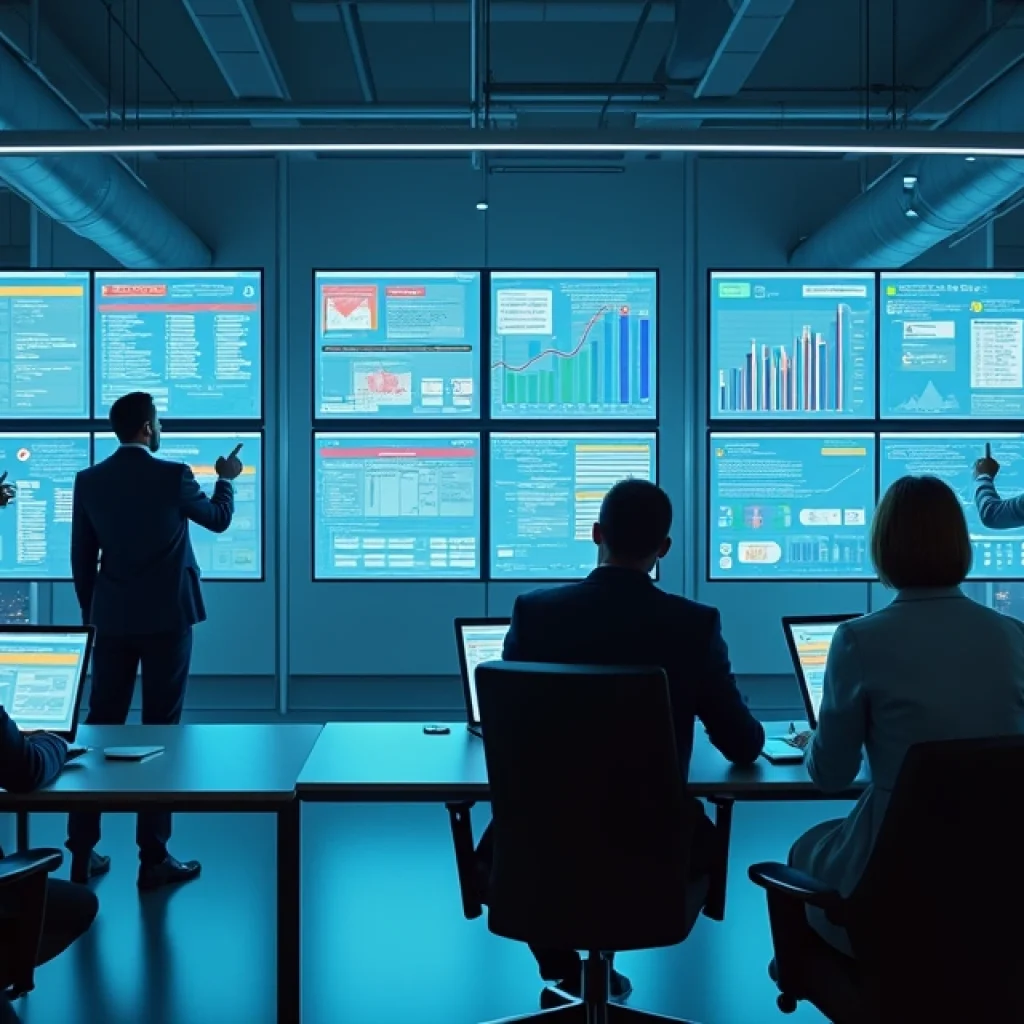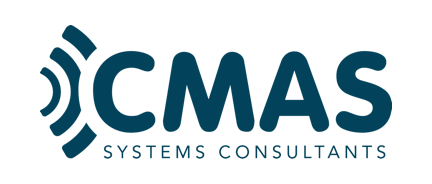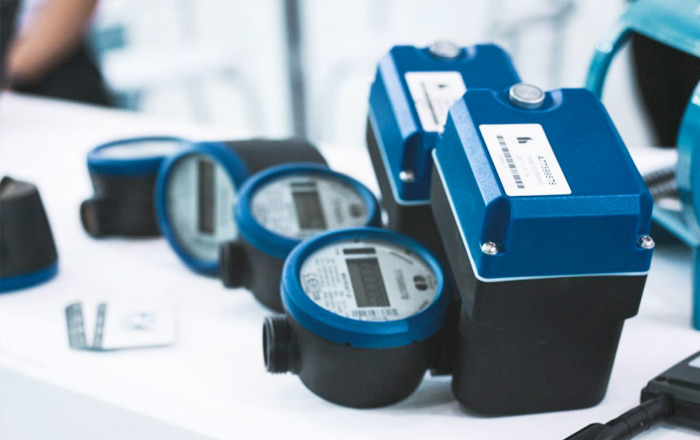Billing Automation: Why You Need It & How to Choose
Avoid failures in billing processes with the best automated software for your financial systems.

More and more managers and business specialists are talking about the digitalization of financial workflows. It’s not just a trend; it’s a practical response to the demands of companies dealing with a growing volume of information, integrations between different systems, and pressure for agility. The truth is simple: billing automation brings more peace of mind. It’s well known that it can be very frustrating when a detail goes unnoticed and the result is errors that affect the entire financial cycle. That’s why, in this article, we will break down the main issues in billing processes and how automated billing software overcomes them, inspired by reliable solutions.
Common Billing Issues & How automation mitigates them:
Some errors can repeat so often that they are worth addressing as a veritable warning checklist. There is no definitive recipe, but there are usually the following problems:
- Lack of real integration between systems
- Absence of real-time monitoring
- High effort of resources in manual operations
- High churn and low NPS rate
Lack of real Integration Between Systems:
At first, it seems easy: connect the finance system to the ERP, the ERP to the CRM, and the CRM to the payment platform. The problem is that each system has its own logic, and the companies can lose money believing that an “API” solves everything by itself. That being so, issues arise because these systems were often purchased and implemented to solve individual departmental matters.
A CRM supports Marketing and sales tracking, while an ERP handles cash flow and operational workflows. Yet, they were fundamentally “never designed to share a conversation”, resulting in data fragmentation and billing inaccuracies. To overcome this, businesses should focus on solutions designed to facilitate seamless, controlled information exchange between disparate components.
Absence of Real-Time Monitoring:
It may be obvious, but having real-time visibility nowadays is no longer a luxury but a requirement for financial integrity. Companies should stop relying on inconsistent or outdated reports, which significantly increases the risk of poor management decisions. With real-time data, it is easier to have a clear awareness of operational and financial failures, ensuring better and faster financial insights from operational teams. Besides, industry studies show that 75% of consumers prefer all digital payments to be in real time. Given that companies must adopt reliable solutions to meet these needs.
High effort of resources in manual operations:
Meanwhile, the operational teams could be focusing on optimizing their roles, but they are spending up to 30% of their labor time on complex reconciliations. This manual dependency is often a direct consequence of the absence or poorly managed integrations, resulting in compliance risks, fraud vulnerability, and slow cash flow cycles. Good system automations solve this problem by handling high-volume workloads and providing a clear risk mitigation pathway.
High churn and Low NPS rate:
Finding the best way to deal with customers is a challenge for every business. When it comes to payments, failed transactions alone are responsible for an average of 9% revenue loss in recurring revenue streams, directly influencing their NPS and increasing the churn percentage. That is why Automated billing systems are the ideal solution for building and maintaining customer trust, as they offer better flexibility and can adapt to customers’ needs.

How to choose the best billing software:
Digital billing isn’t just about generating slips; it’s about keeping the business healthy and compliant. When looking for software, companies should consider solutions that provide core recurring billing capabilities as well as integrations and efficient data analytics. The billing software should:
- Be scalable, supporting high-volume workflows
- Have Seamless integration with payment gateways for accepting one-time and recurring payments. Also, ensuring PCI compliance and minimizing failed payments.
- Ensure it has customizable reports and dashboards for data visibility
- Offer multiple payment methods, so your customer can choose according to their preferences
- Automate dunning and prevent failed payments
Before adopting the billing software:
Consider a few steps before making the change:
- Firstly, guarantee your software provider is your partner during the whole project life-cycle, from design to deployment.
- Conduct a deep diagnosis of the current structure. Understand the systems involved, existing integrations, and data flows.
- Involve IT, financial, and commercial teams in designing the best architect for your business. Every detail makes a difference.
- Create a plan for implementation, such as staff training and data migration.
- Implement tracking and alert mechanisms to quickly identify any out-of
pattern behavior. - Always perform tests in a controlled environment before the definitive
activation.
The future of billing automation:
Companies that no longer want to rely on repetitive processes or manual controls seek automation solutions and realize, sooner or later, that automation is not just about saving time but also about security, order, and predictability.
With attention to detail, testing, and the use of well-structured solutions, we believe it’s possible to transform what was once stress into a continuous, transparent, and reliable flow. Our high availability services integration platform, W2Bill, aims precisely at this objective: to allow your company to enjoy the benefits of integration, reduced failures, and have total control over every step of the billing process.
What is billing automation?
Billing automation is the use of digital tools and systems to automatically issue, control, and track invoices and collections. With it, tasks such as generating slips, sending
invoices, expiration notifications, and payment reconciliation are performed without manual intervention, bringing more speed and precision to the financial area.





